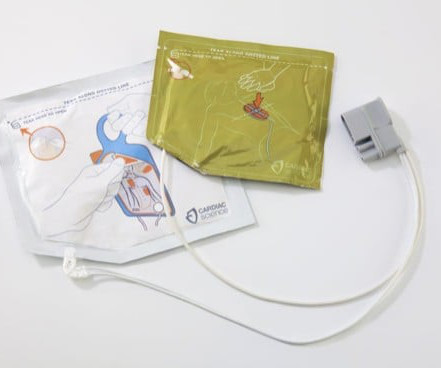RCEM CPD conference 2024 review. St Emlyn’s
St. Emlyn
MAY 4, 2024
St.Emlyn's - Emergency Medicine #FOAMed Our rapid round up of the RCEM CPD conference in Newport 2024. Talks on trauma, paediatrics, policy, education and more @rcollem @stemlyns #FOAMEd The post RCEM CPD conference 2024 review. St Emlyn’s first appeared on St.Emlyn's. The post RCEM CPD conference 2024 review. St Emlyn’s appeared first on St.Emlyn's.











Let's personalize your content